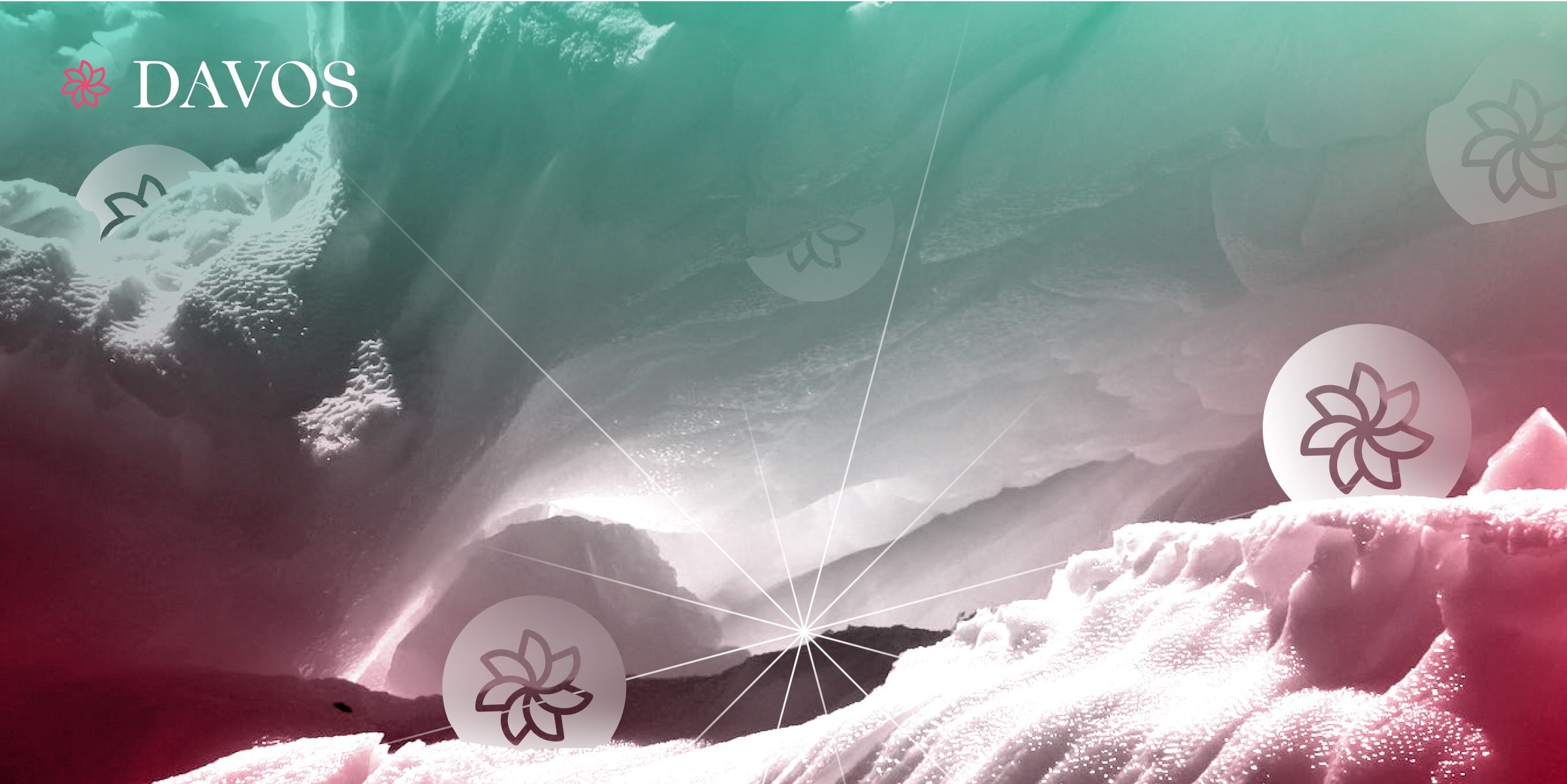Maximizing Yield on the Davos Platform: A Guide to Generating Real Yield

Davos Protocol has developed a stable asset architecture that is unique in the decentralized finance (DeFi) ecosystem. Its Stable Asset, DUSD, provides users with a yield while maintaining a secure peg. This article explains how users can earn yield on the Davos platform through two main avenues: staking the DUSD token and depositing DUSD and USDC into a liquidity pool.
Stake Your DUSD
Staking the DUSD token is simple, and users can earn a yield of 7–9%. When a user collateralizes their MATIC and borrows DUSD, a percentage of the MATIC is converted into ankrMATIC reward-bearing tokens. The reserve of ankrMATIC accumulates in value over time, and the rewards get converted back into DUSD, with a proportion granted to stakers and liquidity providers. The protocol generates yield for DUSD stakers or liquidity providers through the borrowing interest paid to the protocol. The borrowing rate for DUSD is 2%, and these fees get collected in the Davos Protocol Revenue pool and then distributed to stakers and liquidity providers.
Trade DUSD on Liquidity Pools
Users can also earn yield through liquidity pools. By adding DUSD liquidity pairs to the available liquidity pools (Uniswap and Quickswap), they can receive rewards from the yield farming process on these decentralized exchanges. To maximize yield from DUSD, users can consider adding DUSD liquidity pairs to the available liquidity pools.
Davos Protocol accepts MATIC as collateral, and through the use of liquid staking, it allows the protocol to generate yield on this collateral via staking rewards. The reserve that Davos Protocol holds consists of a majority of ankrMATIC, and the reserve grows over time at the 4.22% APY rate of MATIC staking rewards. The Davos Protocol utilizes liquid staking to improve its collateralization ratio.
Reliable Yield Generation Requires Peg Security
The Davos Protocol ensures that the MATIC reserve is always larger than the market value of DUSD through multiple different systems. The DUSD liquidation mechanism is set at 66%, meaning that for every $66 worth of DUSD, there will always be at least $100 worth of MATIC in the reserve. This is a fail-safe mechanism to ensure that the fluctuating price of the crypto reserve never falls below the total stablecoin amount in circulation.
DUSD Stable Assets prioritize security and maintain high price stability with a 150% over-collateralization ratio, instead of promising an absolute peg like other stablecoin projects. This approach allows for a small percentage fluctuation in the peg, making DUSD a Stable Asset, not a stablecoin.
Stable Asset as Opposed to Stablecoin
Davos Protocol has created a system that incentivizes peg stability by slightly increasing or decreasing supply and demand based on the price of DUSD. When the price of DUSD is higher than $1.00, the supply is slightly increased, creating a premium and incentivizing users to borrow more DUSD and sell it for other assets. The Davos Protocol reduces DUSD farming rewards by decreasing the DUSD borrowing interest, which reduces the demand for DUSD yield farming. On the other hand, when the DUSD price is below $1.00, the supply of DUSD is slightly reduced, which creates a premium and incentivizes users to buy more DUSD, pushing the price back up towards the $1.00 peg.
DUSD differentiates itself from other DeFi stablecoin projects by addressing capital inefficiencies in stablecoin reserves through its collateralized debt position (CDP) architecture. Traditional CDPs usually lack in capital efficiency since the assets that have been offered up as collateral remain idle. Unlike traditional CDPs, Davos accepts MATIC as collateral and
Conclusion
In conclusion, the Davos Protocol offers a unique stablecoin architecture that allows users to earn yield while maintaining a secure peg. Users can earn yield on the Davos platform by staking the DUSD token or depositing DUSD and USDC into a liquidity pool. The protocol generates yield for DUSD stakers or liquidity providers through the borrowing interest paid to the protocol. The Davos Protocol ensures peg security by maintaining a reserve that is larger than the market value of DUSD through multiple different systems. Moreover, DUSD Stable Assets prioritize security and maintain high price stability with a 150% over-collateralization ratio. Davos Protocol’s approach allows for a small percentage fluctuation in the peg, making DUSD a Stable Asset, not a stablecoin.
